By MCYS and SSC
Singapore has always had a sporting spirit, a sporting life. We have celebrated sporting heroes in every decade. Among the names resonating from our past: Tan Howe Liang, C. Kunalan, Chee Swee Lee, K. Jayamani, Junie Sng, Ang Peng Siong, Joscelin Yeo — and our footballers from the days of the Malaysia Cup and the Kallang Roar.
Thus, when the Committee on Sporting Singapore (CoSS) produced its 40 recommendations on the creation of “A Sporting Singapore” in 2001, it looked deeply into our past even as it looked into our future. CoSS recognised the profound impact that our early champions had on our community bonding and our national pride. These athletes were driven by passion alone, with little official support.
However the CoSS marked a tectonic shift in the government‘s position on sport. CoSS forecast in no uncertain terms what sport could do for us, not just as individuals but as communities and as a nation. With CoSS, the government recognised that a new century was an opportunity to recreate the sports paradigm for Singapore. CoSS boldly called for extraordinary levels of policy support, programming and funding from a whole-of-government platform. As the operating arm of the Ministry of Community Development, Youth and Sports (MCYS), Singapore Sports Council (SSC) was the natural choice as the lead driver of the CoSS recommendations.
The authors — all committed members of Singapore‘s sporting fraternity — thus set in motion a
long-term change in the way Singaporeans perceived, played and enjoyed sports. With their 10-year forecasts, they were literally planting the seeds of a new sporting culture for the good of the nation. They believed unequivocally that a sporting culture could make Singapore a better country, a better place to live, work and play.
CoSS called for sports infrastructure such as a dedicated sports school, new generation sports & recreation centres, a sharing of sporting resources by all stakeholders and a modern sports complex capable of hosting world-class events and serving as an icon for the country‘s sporting dreams. CoSS addressed the need for a well-capitalised sports business sector to provide investment and viable career pathways (and not just entry-level jobs) to help finance the growth of sports over the long term.
The report set performance targets for both sports participation and sport excellence. CoSS stressed the need for consistent funding for our national sports associations (NSAs), emphasising good governance in financial management and transparency in athlete development and selection policies. Strong, professional NSAs could help drive sustainable growth in high participation and performance along with sports business through the creation of sporting events.
With such a broad agenda, CoSS pushed for a massive upgrade in funding support, beginning with an initial commitment of $500 million for the first five years and a subsequent investment of $350 million until fiscal year-end 2011. The funding advocated by CoSS was never simply about chasing medals. It was about initiating cultural change in our country.
In late 2006, then-Parliamentary Secretary Teo Ser Luck from MCYS formed the Sporting Culture Committee (SCC) to conduct a de facto mid-term review of how far we had come. By then, the landscape was already very different. The Singapore Sports School was welcoming its third tranche of students, and other schools were changing their attitudes towards sport.
The Ministry of Education (MOE) had embarked on a dual use scheme with the Singapore Sports Council to share sports field and internal sports halls. SSC also was working on similar schemes with National Parks Board and Public Utilities Board to provide affordable access for the public at large to play more sports.
In 2007, SSC and MOE began a partnership to expand the opportunities available to students. Not only did the Sports Education Programme (SEP) strengthen the working relationship between the two government agencies but it also opened the doors for more than 250,000 children and youth annually to play more sports at school. SEP would also become an important vehicle by which SSC could elevate standards for coaching and sports safety in the industry.
In May 2008, when the Sporting Culture Committee released its 23 recommendations, Singapore was on its way to winning its second Olympic medal as well as its first gold medal at the Paralympic Games — and, indeed, the first gold medal ever won by an Asian at the Paralympics. As a result of our improved development pathways for athletes, we also were qualifying more athletes and winning more medals at all the Major Games than ever before in our history. The NSAs were seeing growth in participation, which in turn fuelled their high performance plans.
Early in 2008, MCYS and SSC had chosen the design and developer to build the Singapore Sports Hub on the site of National Stadium. Capable of hosting international-class athletics, cricket, football and rugby, the Sports Hub would be a critical component of Singapore‘s plans to become the leading sports city in Asia.
Unique in the world as an integrated land and water sports leisure complex, the Sports Hub would revitalise the Kallang Riverside by attracting new investment by corporates and consumers. The close proximity to the Marina Bay commercial district would add to its appeal as a regional sporting destination. Equally important, said Sports Minister Dr Vivian Balakrishan looking at our aspirations in sport, the Singapore Sports Hub would be “a place for heroes”.
To maximise the conversion of athlete potential into performance, SCC recommended the creation of a world-class sports institute to be housed at the planned Singapore Sports Hub. It would provide the best in training, competition venues and performance services.

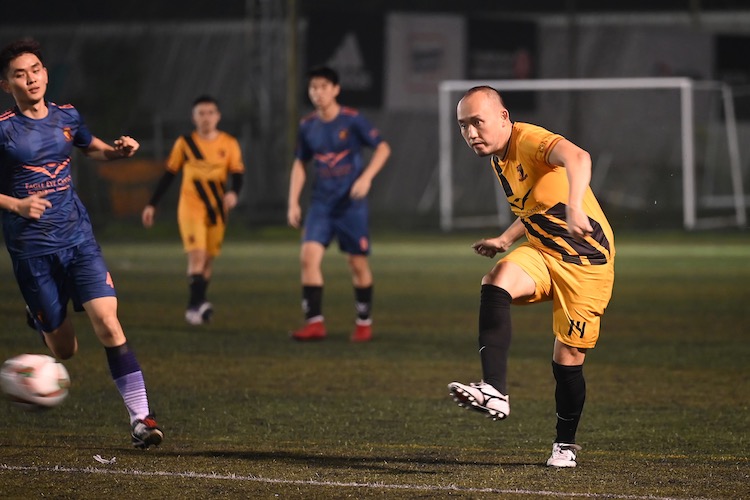
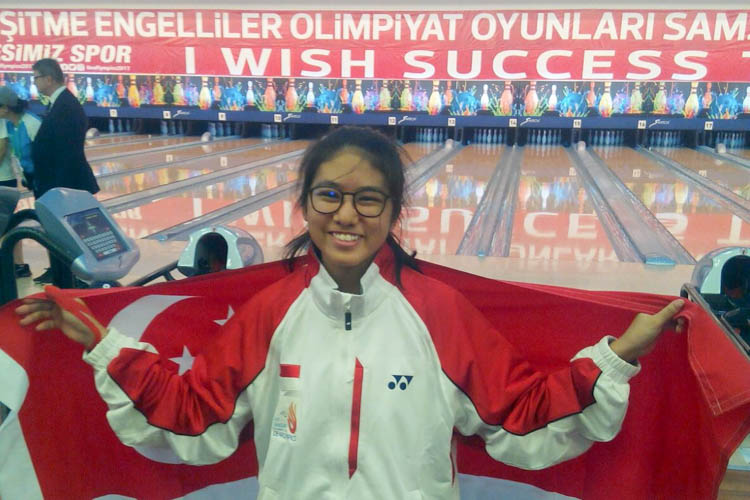
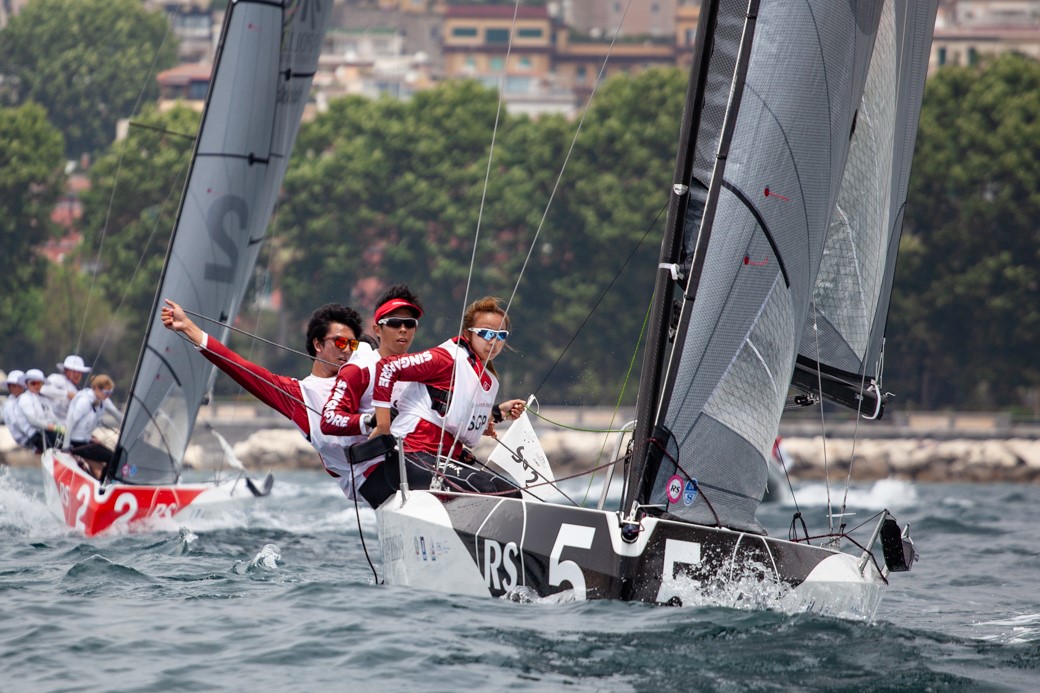
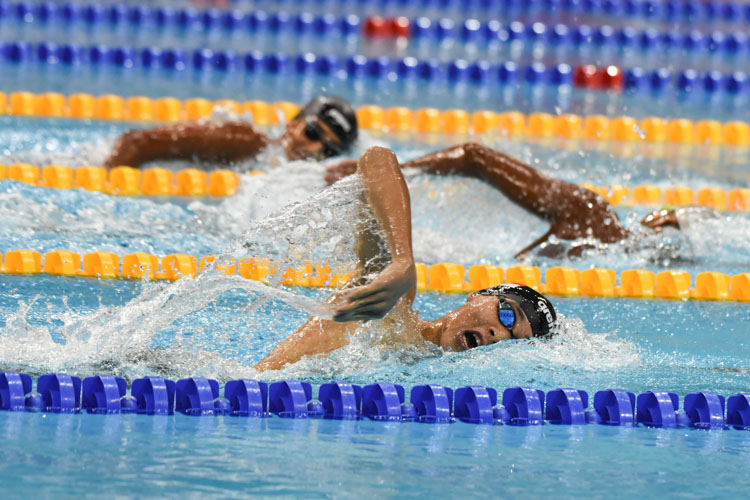
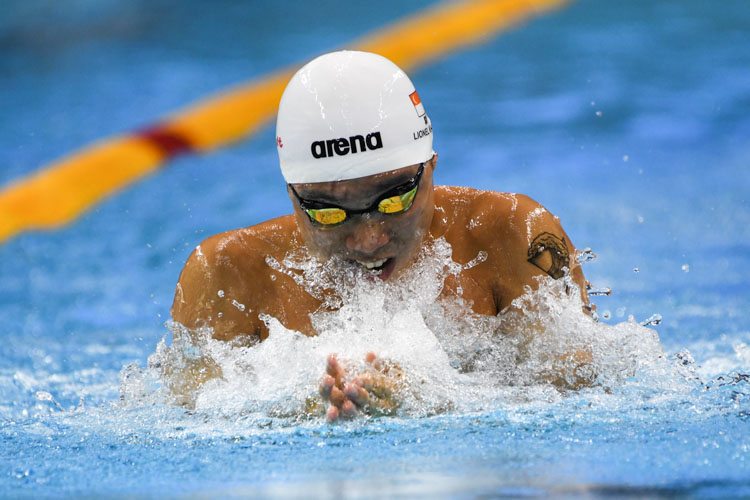
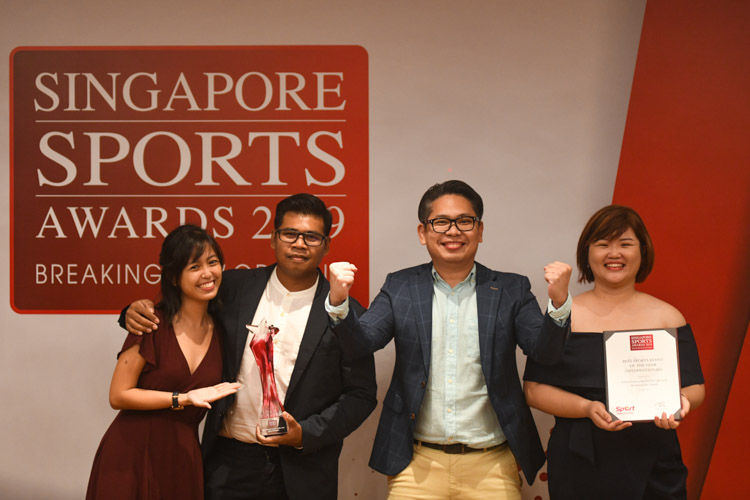
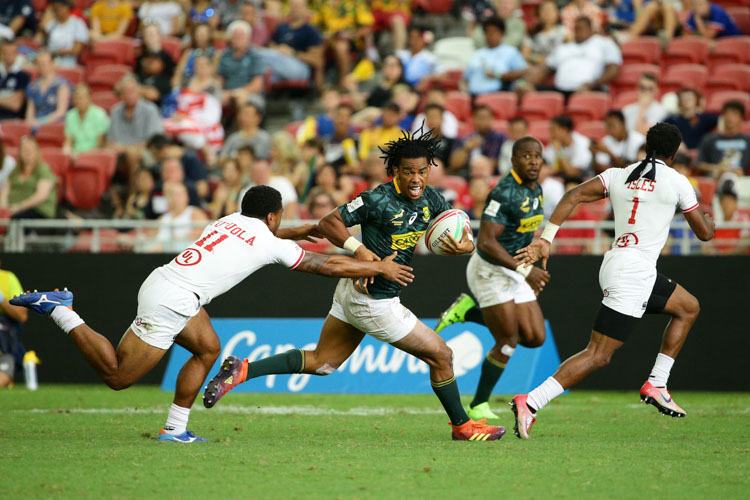
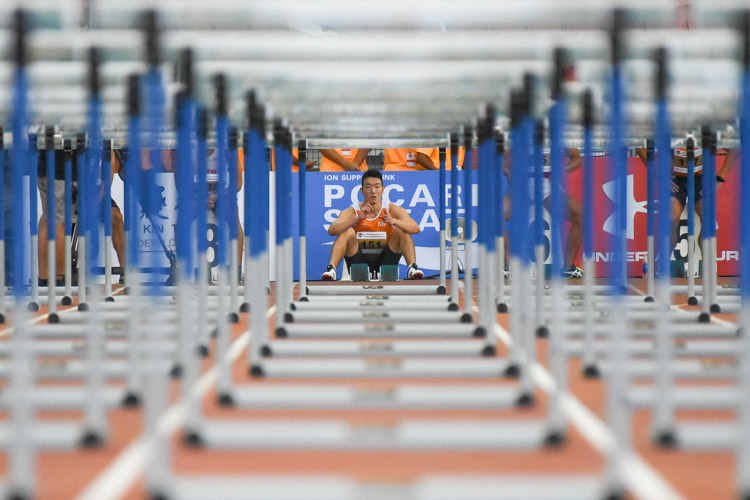
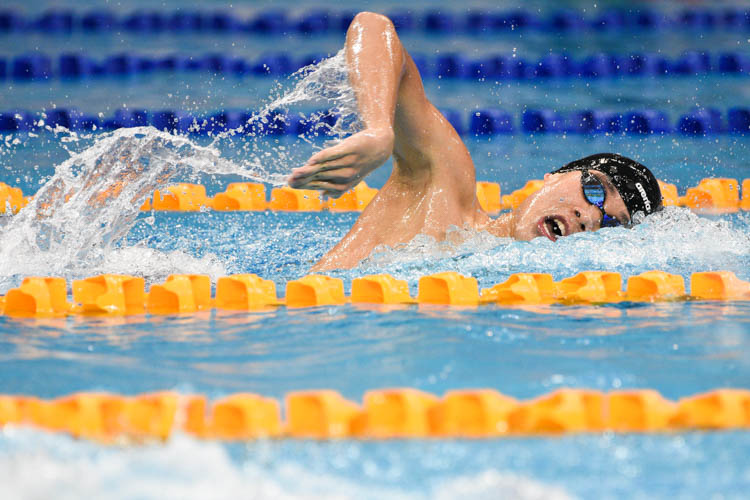
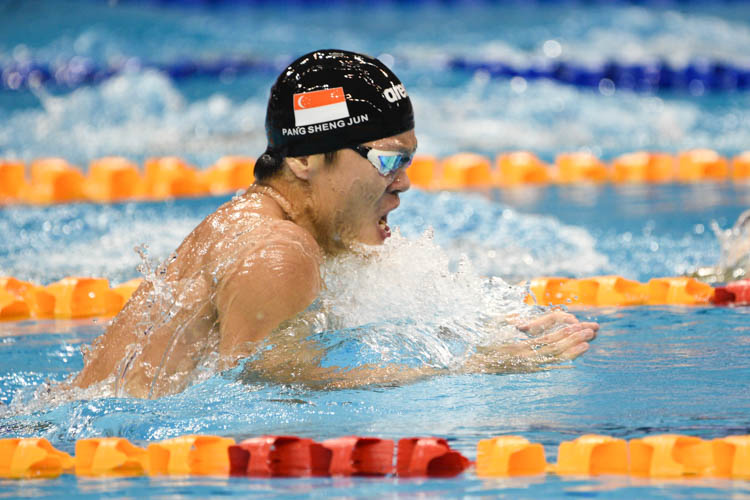
Leave A Comment